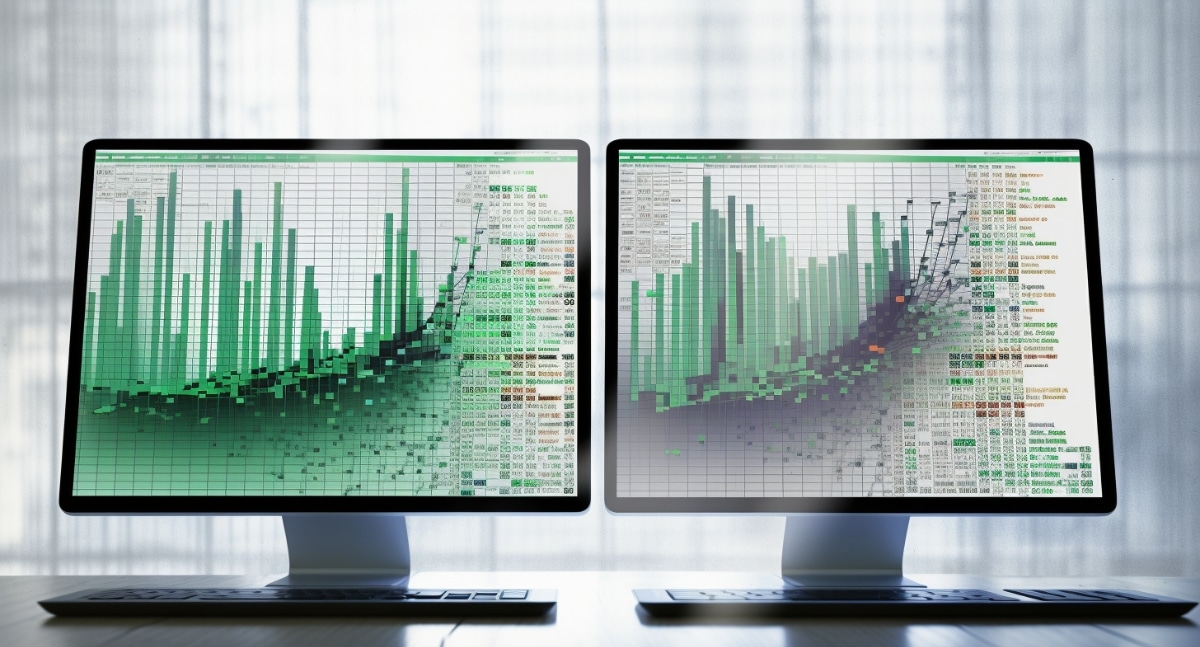5 Ways to Stop Blank Excel Sheets at Windows 10 Startup

Ever encountered the frustration of multiple blank Excel sheets opening up whenever you start your Windows 10 computer? It's not just a minor inconvenience; it can affect your system's performance and your productivity. In this comprehensive guide, we'll walk through five effective strategies to prevent these unwanted spreadsheets from popping up every time you power up.
1. Disable Add-ins

Sometimes, third-party add-ins can cause Excel to open blank workbooks at startup. Here's how you can manage them:
- Open Excel.
- Go to File > Options > Add-ins.
- At the bottom of the window, you'll see a drop-down menu called "Manage." Select "COM Add-ins" and click "Go."
- In the new dialog box, uncheck any add-ins you don't need, especially any unfamiliar ones.
🔍 Note: Add-ins can enhance functionality, but make sure you know what they do before disabling.
2. Check Excel's Start-up Folder

Excel has a feature where it automatically opens any files in its designated start-up folder. Here’s how to check and manage it:
- Open Excel and press Alt + F11 to open the Visual Basic Editor.
- Select VBAProject(YourWorkbook) > Microsoft Excel Objects > ThisWorkbook.
- Copy the following code and paste it into the window:
Sub Auto_Open()
Dim strFile As String
Dim strPath As String
strPath = Application.StartupPath
strFile = Dir(strPath & "*.*")
Do While strFile <> ""
If FileLen(strPath & strFile) > 0 Then
If LCase(strFile) <> "excel.exe" Then
Kill strPath & strFile
End If
End If
strFile = Dir
Loop
End Sub
🔍 Note: Be cautious with this approach as it might remove files you want to keep.
3. Manage Windows Task Scheduler

Sometimes, Excel might be scheduled to start automatically with Windows. Here's how to check and manage this:
- Open the Task Scheduler from the Start menu.
- Expand Task Scheduler Library.
- Look for any tasks related to Excel or Microsoft Office. If you find any, right-click and choose Disable or Delete.
4. Start Excel Normally

When you right-click an Excel file and choose to open it, make sure you are not selecting an option to always open this type of file at startup. Here's what to do:
- When prompted with "How do you want to open this file?" ensure "Always use this app to open .xlsx files" is unchecked unless you want to set Excel as the default.
5. Use the Windows Registry Editor

If all else fails, you might need to delve into the Windows Registry:
- Press Windows key + R to open the Run dialog, type regedit, and press Enter.
- Navigate to:
HKEY_CURRENT_USER\Software\Microsoft\Office\16.0\Excel\Options
The journey through these methods might resolve the issue of Excel sheets appearing uninvited at startup. Remember, troubleshooting requires patience and precision. Here's hoping your Windows 10 experience becomes smoother, with no more surprise spreadsheets to interrupt your workflow.
Why does Excel open at startup?

+
Excel might open at startup due to scheduled tasks, add-ins, files in the start-up folder, or registry settings that cause it to auto-launch.
Will disabling add-ins affect Excel’s functionality?

+
Disabling add-ins you don’t need will not affect core Excel functionality but might remove features added by those add-ins.
Is it safe to modify the Windows Registry?

+
Editing the registry can be risky and can potentially cause system issues if not done correctly. Always back up your registry before making changes.
Can this happen on other versions of Windows?

+
Yes, although the specific steps might vary slightly, the general methods outlined can apply to other versions of Windows.
What should I do if my problem persists after trying all solutions?

+
If the issue continues, consider reaching out to Microsoft support or your IT department for further assistance as there might be an underlying issue not covered by these solutions.



